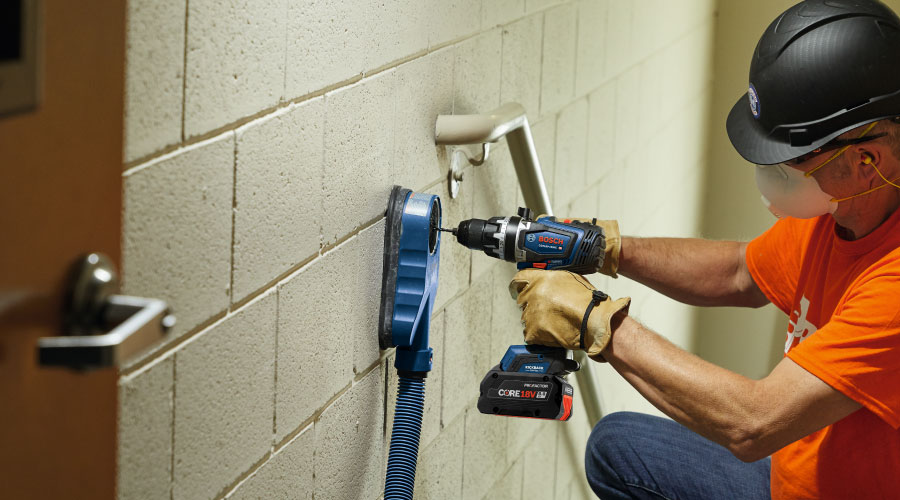Temporary Generators, PPAs, Bring Electric Bill Complications After Hurricane
Other electric-bill complications Superstorm Sandy raised included on-site temporary generators and power purchasing agreements (PPAs).
6. On-site Generation. For days (and in a few cases, months) after Sandy, some facilities limped along using diesel generators. In some cases, one undamaged utility feeder continued to supply a building's common areas and elevators, while a temporary generator served tenant spaces. Such a unit typically ran 8 to 10 hours a day, and was shut off on nights and weekends. Without an operating meter, however, the amount of power the utility provided and the amount from the generator were not known, leading to disputes over estimated bills.
When contracting for a temporary generator, include a method to measure the power it provides each day. Doing so may provide a basis to challenge a utility's estimated billing. Even logging fuel consumed by a generator may be sufficient to develop a reasonable estimate. Most generators have a standard efficiency (e.g., 28 percent) for generating power, such that daily fuel use can be converted to kWh supplied each day.
Some facilities take power from on-site suppliers, such as combined heat and power (CHP) systems, also called cogeneration. Unless owned by the facility, power from such systems is purchased under a long-term power purchasing agreement (PPA) with a CHP developer. One system was not merely flooded; it was (according to its installer) "submerged," essentially destroying most of its electric components and controls. Many PPAs include provisos for temporary system failures, but few contemplate near-total destruction.
Understanding responsibilities for system damage due to flooding is essential to avoid a claim that the facility failed "to provide for appropriate drainage," thus letting the developer out of the contract, and opening the door to a lawsuit by the developer for damage to its property.
In many PPAs, there is no provision for how failure to provide power — which forces the facility to take more expensive utility electricity — will be financially rectified. In one case, an extended failure resulted in a high peak demand ratchet charge when all power had to briefly be taken from the utility. That raised all later utility bills, even after the CHP system was restored.
Lindsay Audin, CEM, LEED AP, CEP, is president of EnergyWiz, an energy consulting firm. He is a contributing editor for Building Operating Management.
Energy Billing Software Looks For Errors And Anomalies
As with any significant recurring expense, utility bills should be tracked in a timely and detailed fashion. Various types of energy accounting software — some of them free — provide a lot of built-in smarts for bill checking, data logging (e.g., meter numbers), and rate simulation. While some customers try to mimic the software using a simple spreadsheet, they are rarely aware of the many ways professional software looks for errors and anomalies, and thus fail to incorporate these features. Many customers have learned that finding one significant error may result in a correction or refund worth many times the cost of good software.
|
Related Topics:














